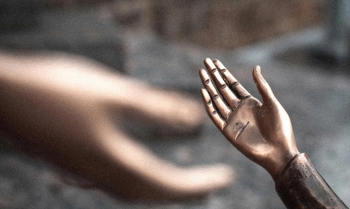Cold Cast Bronze: Clare Pardy highlights how to distinguish a genuine bronze amid a flurry of forgeries
The recent proliferation of Cold-Cast Bronzes for sale on the internet has led to a call for tighter rules to distinguish them from genuine works.
Cold-Cast bronzing has been around since the early 1960s but with the selling opportunities offered by the internet and eBay, additional techniques have been adopted to mimic real bronze more convincingly. It is widely agreed however that the term cold-cast is misleading as the process involving a mix of resin and bronze powder requires none of the skill involved in making and casting sculpture in bronze.
There are ways to tell if a bronze sculpture is real but inevitably they do involve seeing, touching and examining the sculpture which cannot be done online. They are:
Sound – tap the sculpture with a solid object like a wedding ring. The real thing produces a clear, resonant sound. Resin produces a dull thud or plastic sound.
Weight – bronze is generally heavy. If a piece feels unnaturally light it is likely to be wrong.
Colour and patina – bronze will have a deeper colour with a patina created by exposure to air and moisture. Fakes may show signs of artificial patination and can flake or chip.
Details and quality – real bronze is cast hollow and a scratch will reveal shiny bronze beneath and genuine bronzes are also usually meticulously crafted with intricate details and a high level of artistry.
Signature and Foundry markings – these can be a way to verify the authenticity.
In the light of the rise in the marketing of resin bronzes, DACS is hoping to revive a project to register genuine bronzes.




